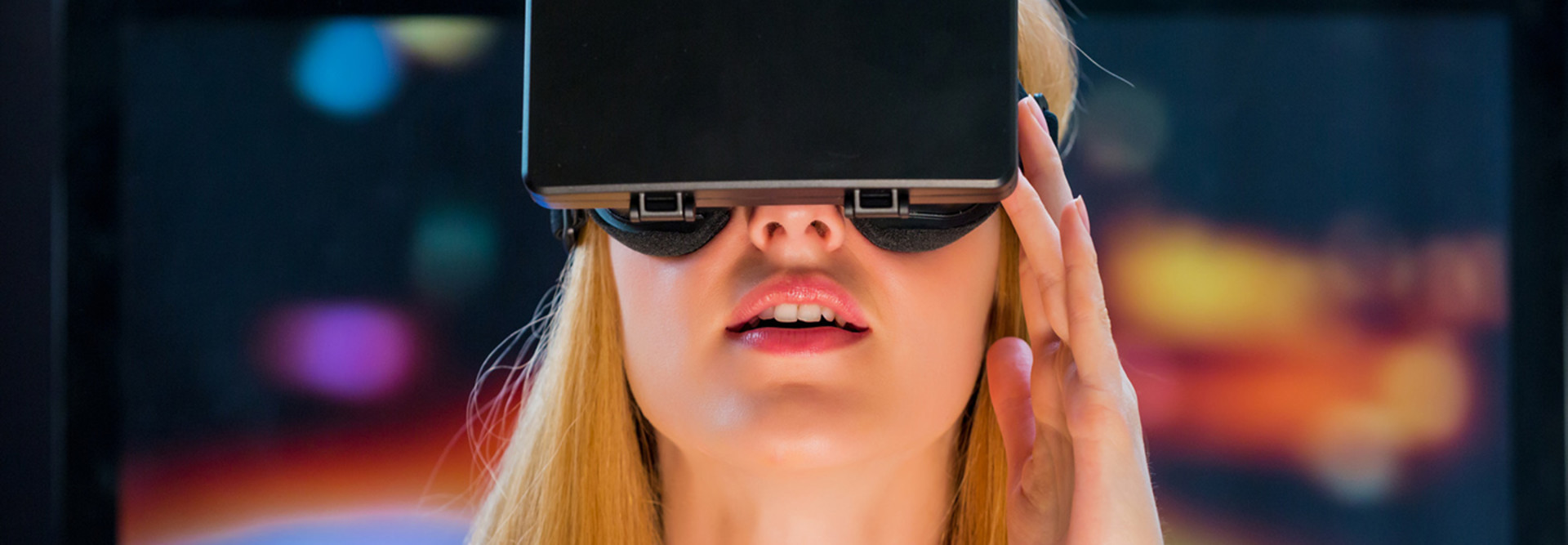Academia Tackles Storytelling in Virtual Reality
Virtual reality is poised to change the way we experience stories. But right now, the medium is in its infancy, with few experts to guide the way. At the University of Southern California, students are taking a VR journey to help set some of the rules of the road.
The latest generation of virtual reality headsets are set to launch later this year. Samsung’s smartphone-powered Gear VR beat the competition to market, but between the Facebook-backed Oculus Rift and the HTC Vive, headsets ranging from $599 to $799, soon anyone will have access to virtual worlds.
At USC’s School for Cinematic Arts, students are experimenting with cutting-edge filmmaking technology in a new VR lab, reports the Daily Trojan. Over the next three years, students will be using specialized 360-degree cameras, provided by Jaunt Studios, to help pioneer “the new language for storytelling in VR,” Candace Reckinger, a professor at the school, told the publication.
“We are looking forward to helping mold the next generation of VR filmmakers,” Cliff Plumer, president of Jaunt Studios, said in a news release.
Students working in the lab will create new VR content while helping to establish best practices for telling stories in the new medium, according to Reckinger.
The problem of storytelling in VR is still the subject of much study because of the new challenges it presents through the layer of interaction. Scholars are now testing the boundaries of the new medium by asking questions both esoteric and practical: How does a user’s virtual “presence” in stories affect the way we experience them as an audience? If the cameras shoot in 360 degrees, where does the film crew stand?
“We’re trying to do audience-aware storytelling,” says Saschka Unseld, the creative director for Oculus Story Studio. “You can adjust how things happen to you specific as a viewer."
Stanford University’s Virtual Human Interaction Lab — launched in 2003, 13 years before this generation of VR — was designed to study how people interact in virtual environments. The lab’s founder, Stanford Professor Jeremy Bailenson, told the San Jose Mercury News that VR lends itself to abbreviated sessions — not the length of most sports games or even feature films. He sees the power of the technology in being able to communicate unique experiences and induce empathy.
And with great power comes great responsibility, as particularly intense VR experiences can bring on nausea as easily as empathy. The next generation of filmmakers may need to learn how to pull punches in order to tell their stories without generating bad side effects.









